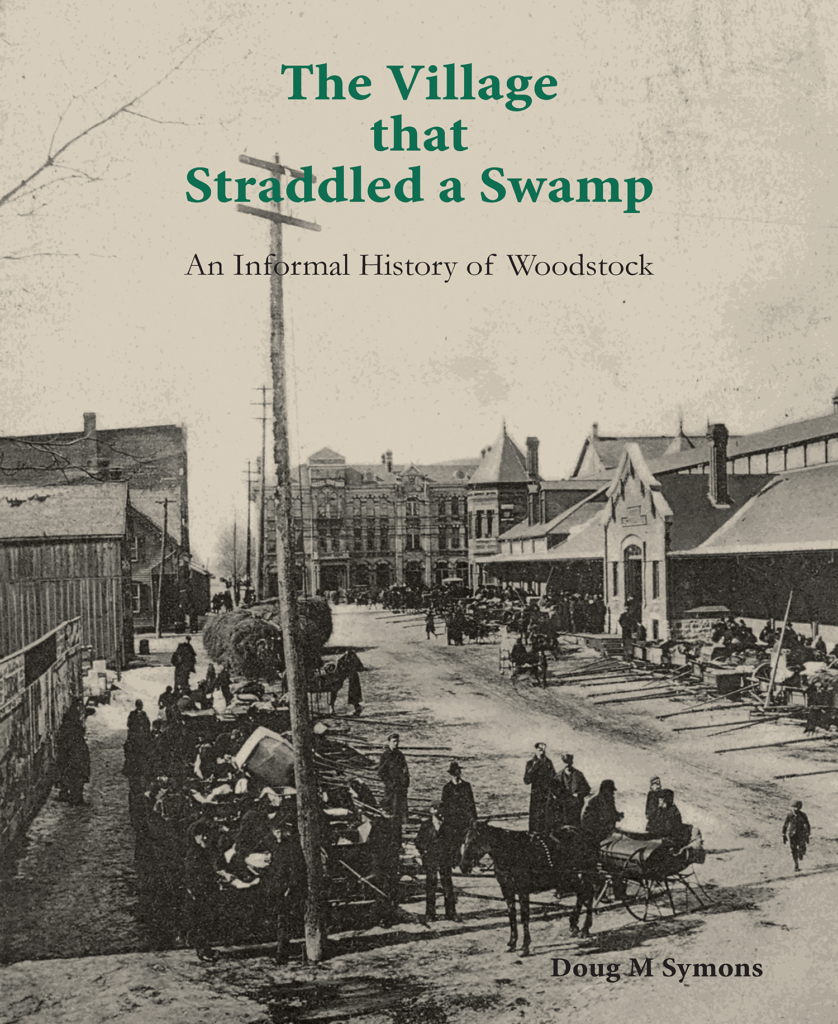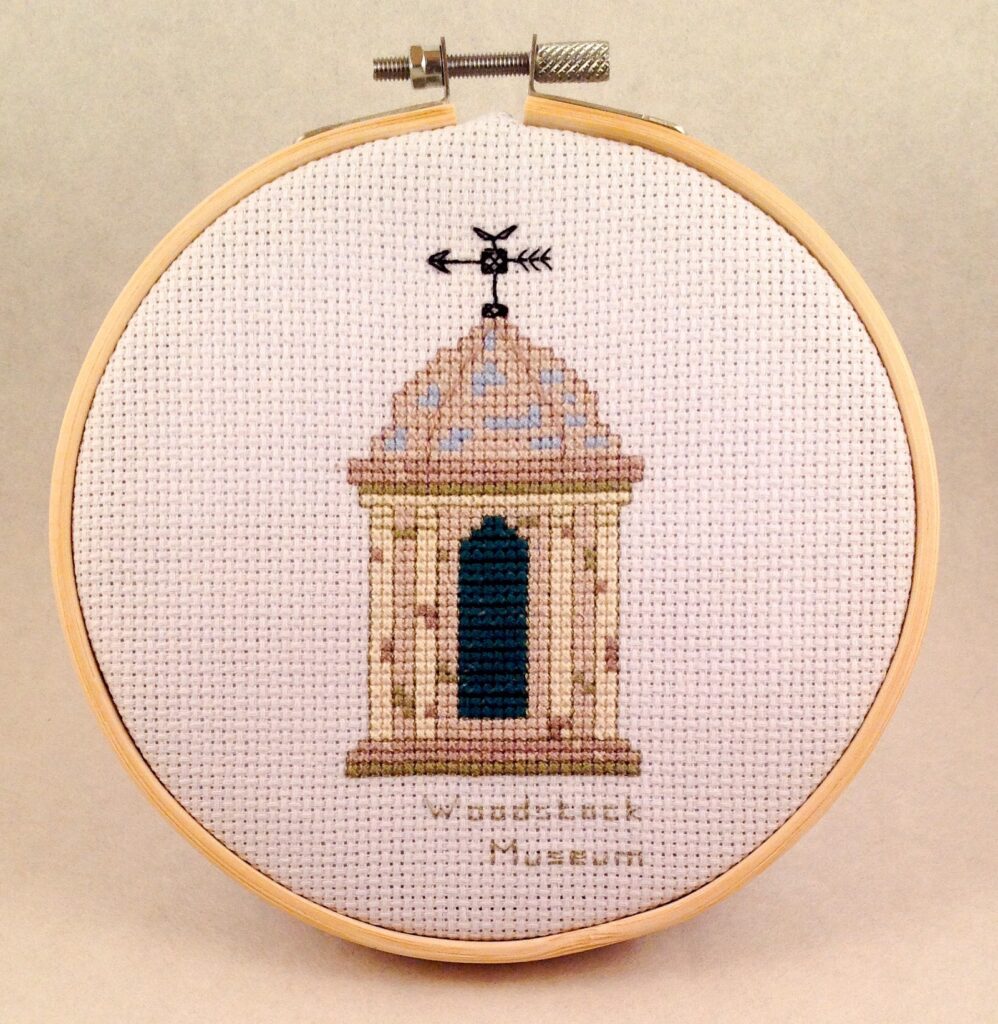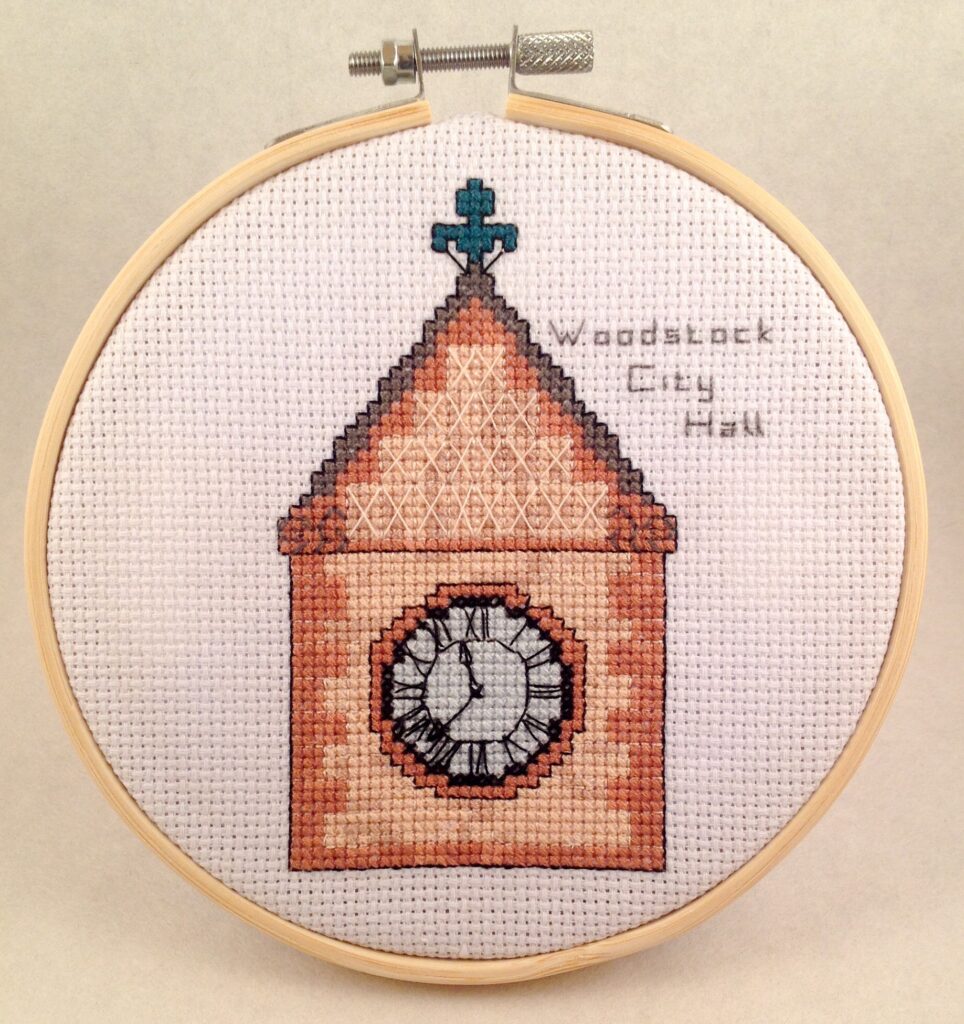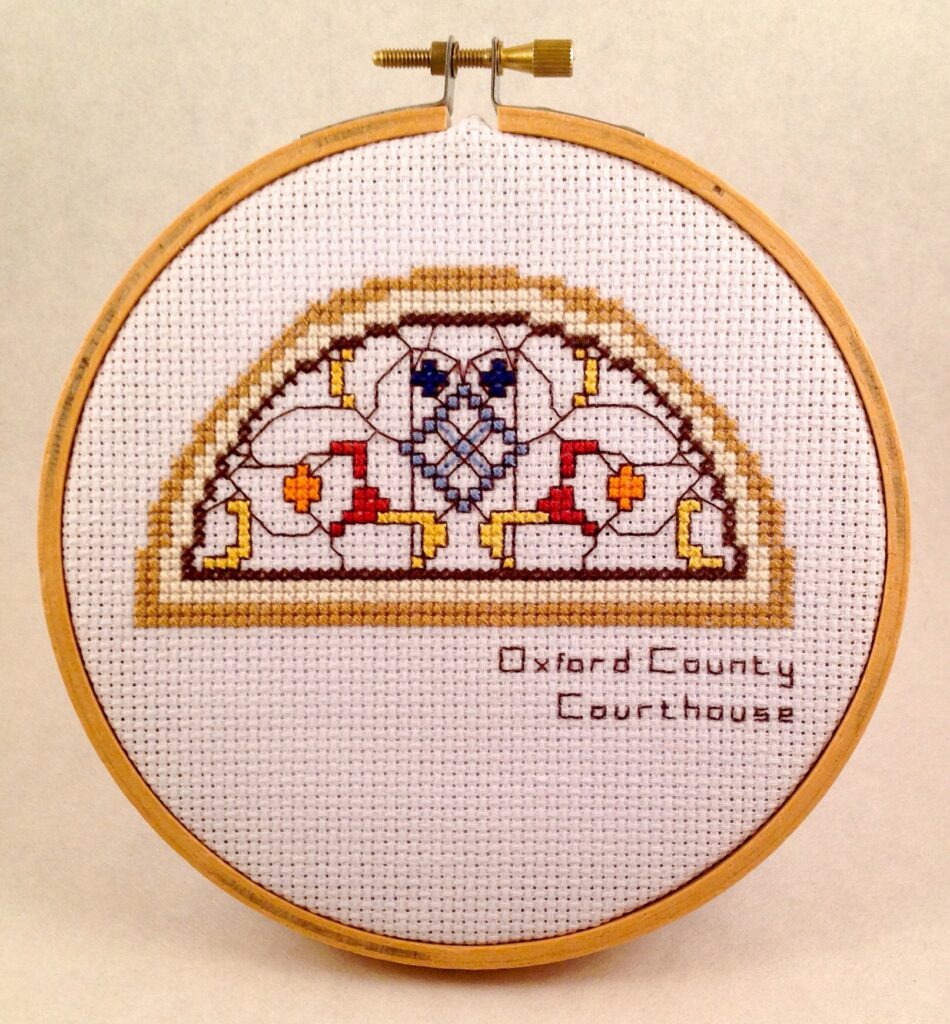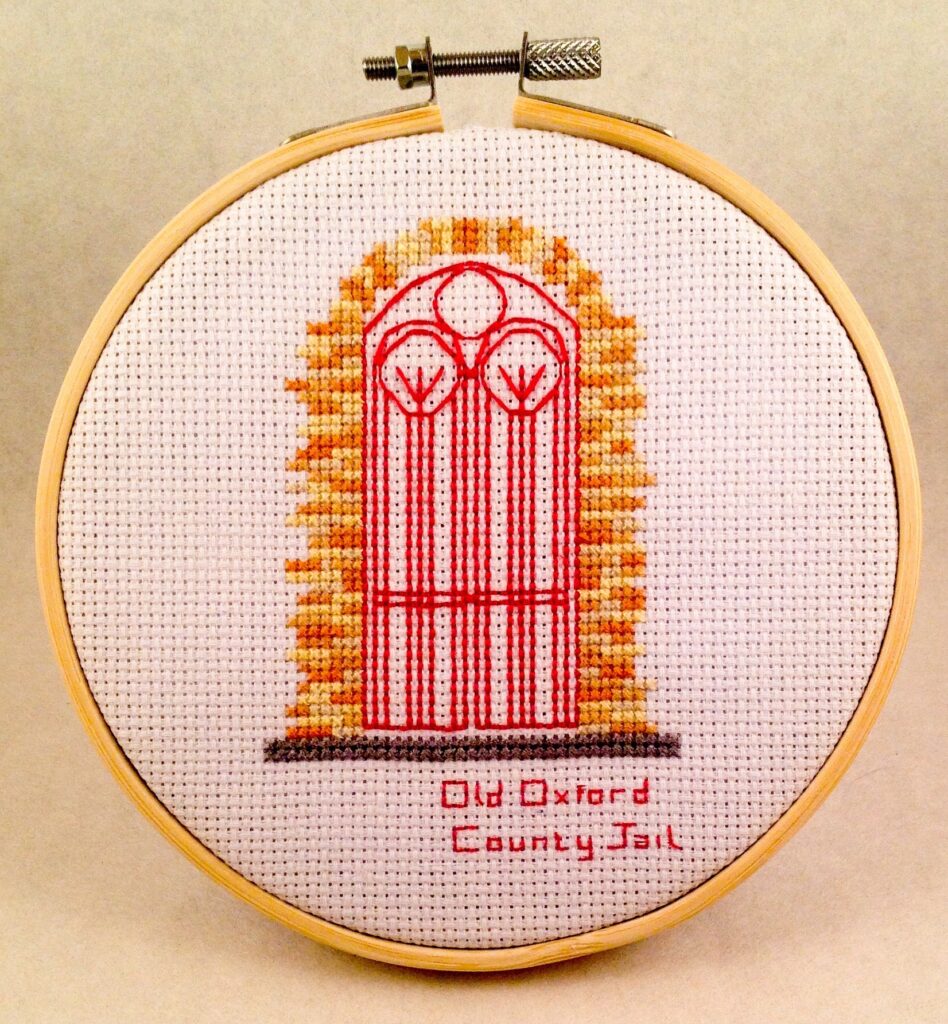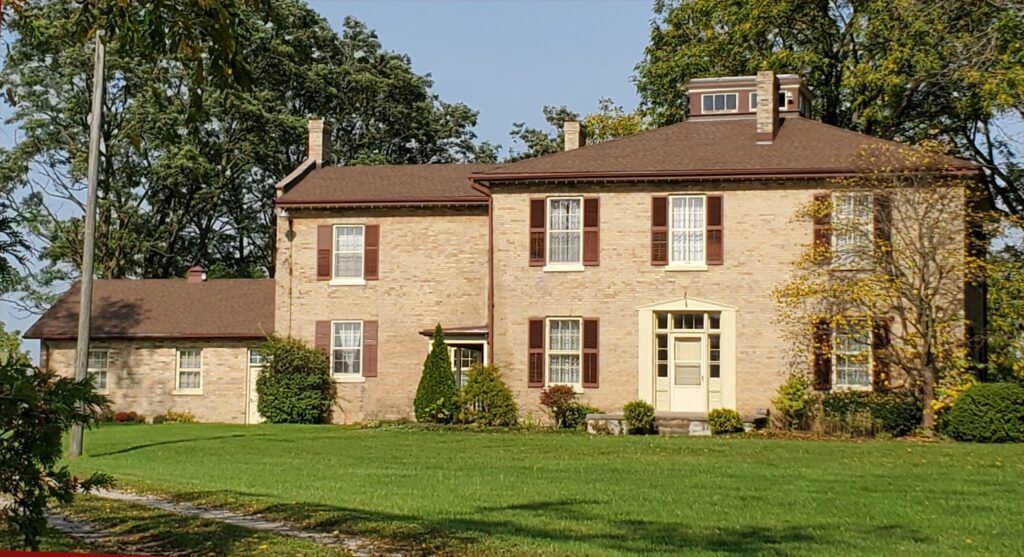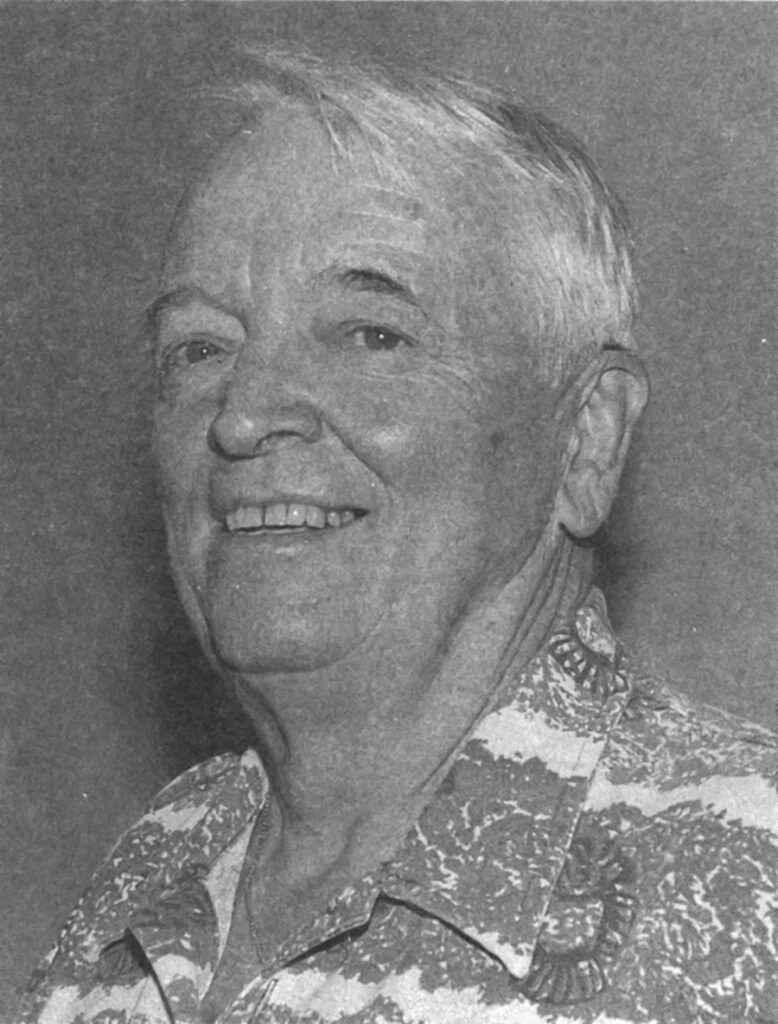Hello Everyone,
The Oxford Historical Society will have a booth at this year’s Arts Market where we will be selling some publications by our local authors and other items from the Woodstock Museum, NHS. We will only be accepting cash at our booth.
The dates for the Arts Market are:
Friday, November 26 from 5-8pm
Saturday, November 27 from 10am-4pm
Friday, December 3 from 5-8pm
Saturday, December 4 from 10am-4pm
Saturday, December 11 from 10am-4pm
Saturday, December 18 from 10am-4pm
There are also many other events happening downtown Woodstock for the holiday season. The complete list of events can be found on the Christmas in the Square web page.
We are looking for volunteers to help out at the booth. Each shift is three hours.
The following are the shifts that we need filled:
Friday, November 26 from 5-8pm
Saturday, November 27 from 1-4pm
Friday, December 3 from 5-8pm
Saturday, December 4 from 1-4pm
Saturday, December 11 from 1-4pm
Saturday, December 18 from 10am-1pm
Saturday, December 18 from 1-4pm
If you are interested in volunteering at our booth please send us an email: info@oxhs.ca, thank you.

